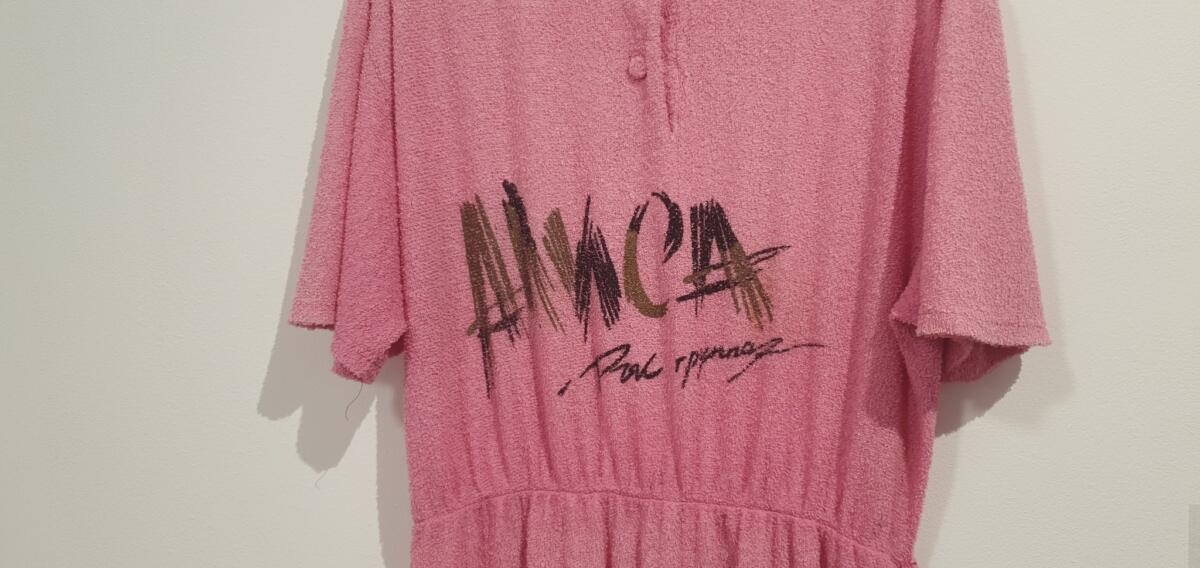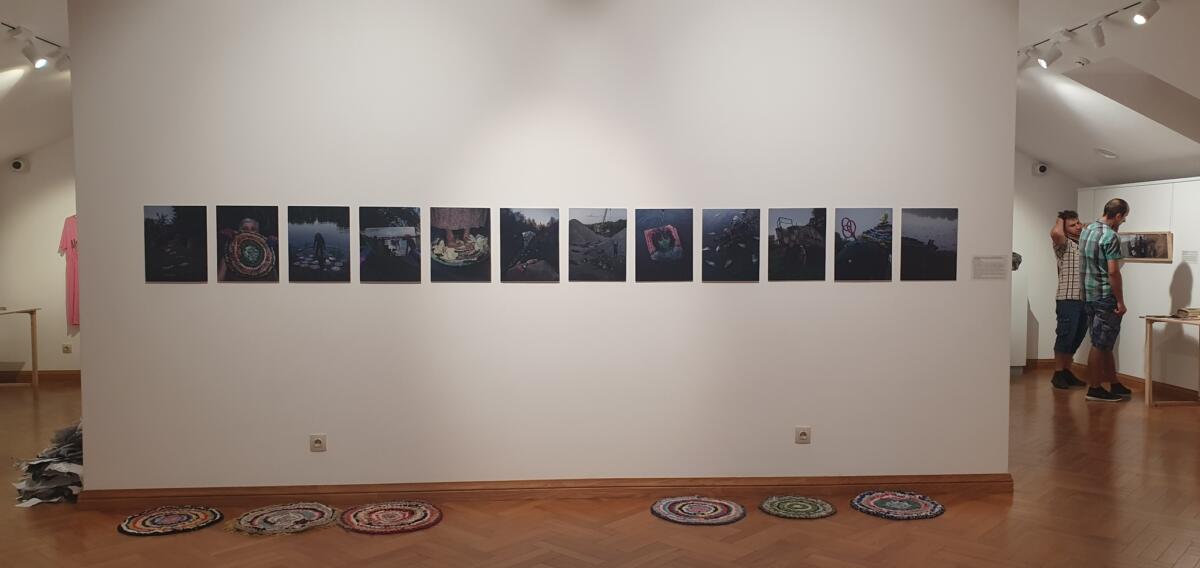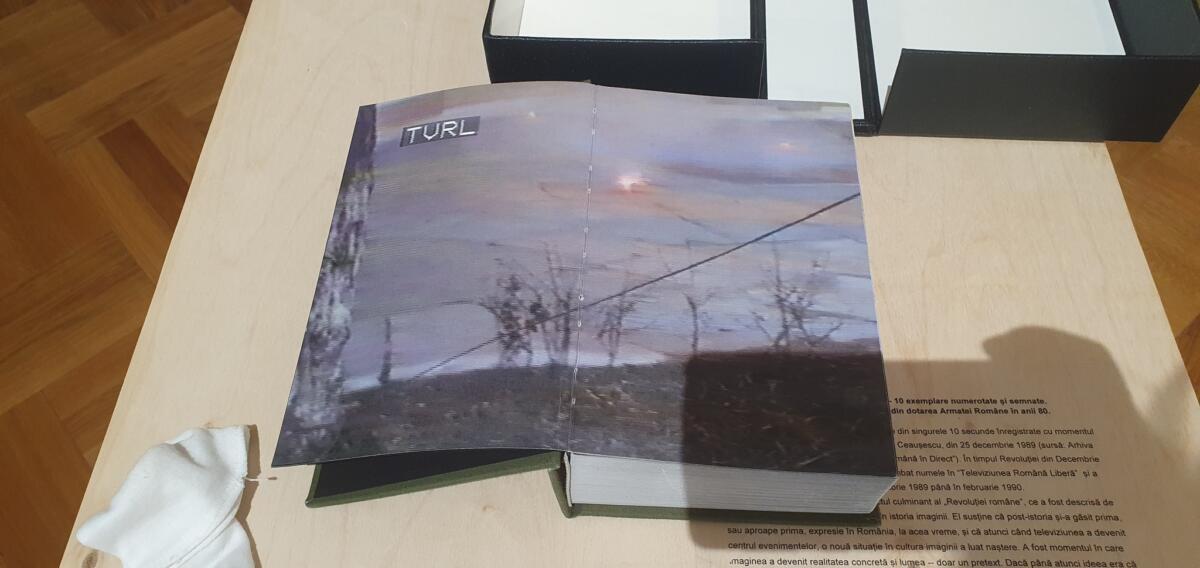
The National Art Museum of Moldova opens the international exhibition Beyond Photography, dedicated to the contemporary photography of photographers and artists from the Republic of Moldova and Romania. The exhibition represents a cultural dialogue, which offers a unique opportunity for interaction, for understanding the culture of the contexts, exchange of ideas and experiences between authors from different generations.
Through various forms and types of photography: documentary, conceptual, post-photography, the Beyond Photography exhibition presents the generation of artists who work with photography. .The works of some authors reflect the social, political, ecological and cultural aspects of society that have occurred in the last 30 years in the country and in the world. Other authors experiment, trying to push the boundaries of traditional perception of photography, using performative practices and various image manipulation techniques to convey their ideas, emotions or messages. Contemporary photography, as Susan Sontag noted in her book On Photography, has become not just a technical process of capturing images, but a powerful medium with enormous social and ethical significance.
The impending Anthropocene is accompanied today by the accelerated development of technologies that lead to a number of challenges, including those related to the environment, such as the depletion of natural resources, environmental pollution and climate change.
The central part of the exhibition is dedicated to water as an integral part of our life and nature. Artists from the Republic of Moldova and Romania by poeticizing the Danube and the Dniester draw attention to the environmental problems related to the state of the rivers and the environment.






The Romanian artist Andrei Mateescu, through the metaphor of forgetting and abandonment, shows us the ecological problem of the Danube by transforming the garbage found on the banks of the river into photograms and photographic objects. The artist duo Carolina Dutca, Valentin Sidorenko, in their performative photographic project Water, explores the life of the Dniester river on the border between dream and reality. The authors transform the river in their town of Bender, surrounding it with enchanted creatures and colors.
The Winter Carnival by Ramin Mazur continues the theme of a surreal world. A series of masked portraits taken during traditional winter festivities in rural Europe, depict various supernatural characters that have emerged as a result of the deconstruction of reality, to a grotesque and absurd form.
The fall of the socialist system in Eastern Europe in the early 1990s led to significant social and cultural changes in our region. This period is often referred to as “The Fall of the Iron Curtain”; and the process of transition from a planned economy to a market economy. Photographers and artists from the generation of the 70s and 80s became first-hand witnesses of the turning points. For them, photography has become a powerful means of rethinking history, of documenting events, as well as an argument to draw attention to various socio-cultural, economic and political themes and issues.
In his series of photographs called Passato Prossimo, the artist Michele Bressan reflects on the transition period of post-communist Romania from 2005 to 2009, documenting unique moments of everyday life, witnessing the country’s social and cultural changes.




Andrei Nacu analyzes the climax of the “Romanian Revolution” in his artist book In almost every frame, which includes 270 images that include 10 seconds of still images recorded at the time of the execution of Nicolae and Elena Ceaușescu on December 25, 1989. The author, as in his other work Witness, presented in the exhibition, he asks who the executioner, the victim and the witness is?
Tatiana Fiodorova, in her project “Who is this new woman?” analyzes the theme of Soviet women’s emancipation and women’s work in industrial and post-industrial society. To answer this question, the artist performs a theoretical and artistic research, through the prism of gender.
Mihai Șovăială, representative of the 90s generation, explores the transformation of Romanian urban architecture in the last two decades in his Styro City project. Mihai Șovăială’s series of works focuses on polystyrene, which he transforms into a photographic object, reflecting on how the thermal insulation of building facades has affected the country and cities in general.


Mihail Calarasan presents a photo series titled Tülü Küü. This project focuses on exploring the identity of the place, the history of the Gagauz people and the connection of the person to his native land.
Mihai Moldovanu, in his digital collages, explores ideas related to the themes of post humanism, capitalism, climate crisis, asking himself the question: “Can we still create art that reflects our humanity?”. The complex interactions between the modern human being, the economy and the environment in a globalized world also resonate in Alexandru Raevschi’s The Ark. Constructing his “arks” from garbage collected in German neighborhoods, the author transforms them into sculptures – photo objects , reflecting on what modern civilization will leave to our descendants.
Experiments with the media format of photography through self-publishing at minimal costs, creating zines are the important ways of communication of the artists Anton Poleacov and Maxim Poleacov. Artists want to exchange ideas and information in an independent and informal environment, especially in the context of limited resources and the lack of sustainable cultural practices in the country.



In general, the Beyond Photography exhibition reflects various aspects of the contemporary world, such as reflecting contemporary cultural changes and challenges, the impact of media and technology on our perception of reality, exploring personal identity and the relationship with the world around us, drawing attention to various socio-cultural, economic and political issues.
At the same time, the exhibition also includes experiments with the media format of photography itself. The authors will present works in the genre of analog and digital photography, NFT, digital collages, works based on photographic archives, circulating photography in the format of artist books, publications and zines.
All of the above can be summed up by a quote from postmodernist philosopher Jean Baudrillard about photography, according to which photography is not just a record of reality, but it has the ability to create its own reality. Photography is able to transcend its context and change our way of understanding the world. The international exhibition Beyond Photography aims to overcome the mundane, linear and ordinary view of the world. She seeks to transcend the limits of image and fixed form, offering viewers the opportunity to experience a new reality and rethink the world around us.








Imprint
| Artist | Michele Bressan, Mihai Moldovanu, Carolina Dutca, Valentin Sidorenko, Mihai Şovăială, Ramin Mazur, Alexandru Raevschi, Andrei Nacu, Andrei Mateescu, Tatiana Fiodorova, Anton Poleacov, Maxim Poleacov, Mihail Calarasan |
| Exhibition | Beyond Photography |
| Place / venue | The National Art Museum of Moldova |
| Dates | 9.08 - 3.09.2023 |
| Curated by | Tatiana Fiodorova |
| Index | Alexandru Raevschi Andrei Mateescu Andrei Nacu Anton Poleacov Carolina Dutca Maxim Poleacov Michele Bressan Mihai Moldovanu Mihai Şovăială Mihail Calarasan Ramin Mazur Tatiana Fiodorova The National Art Museum of Moldova Valentin Sidorenko |
